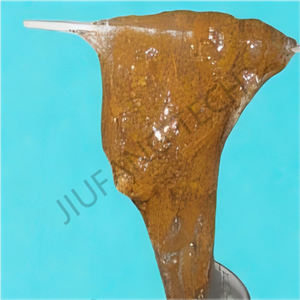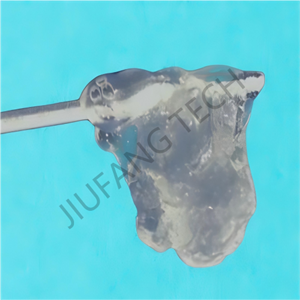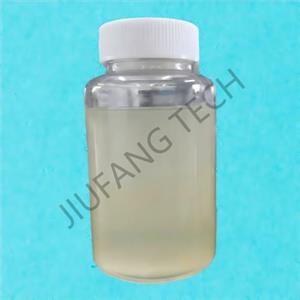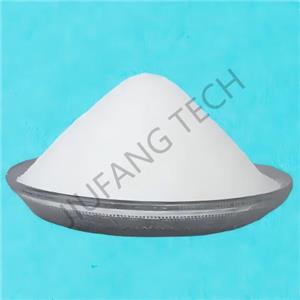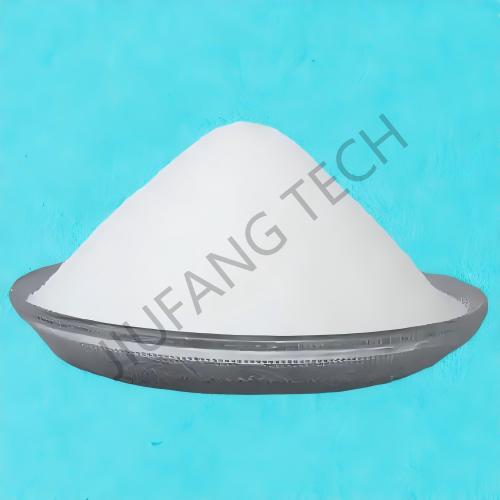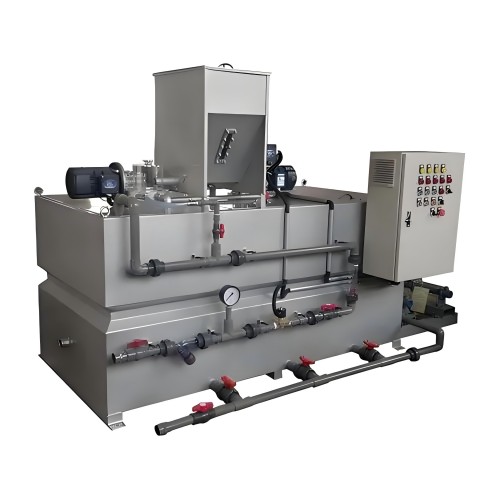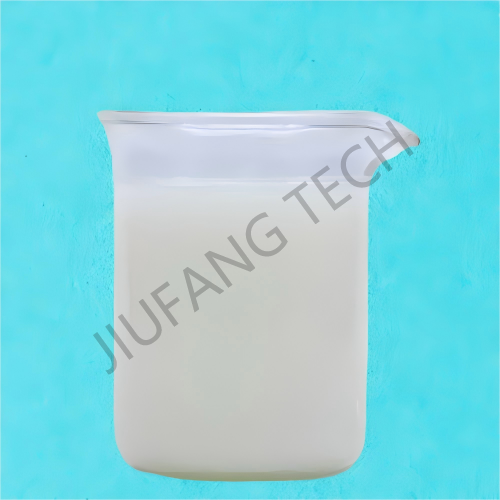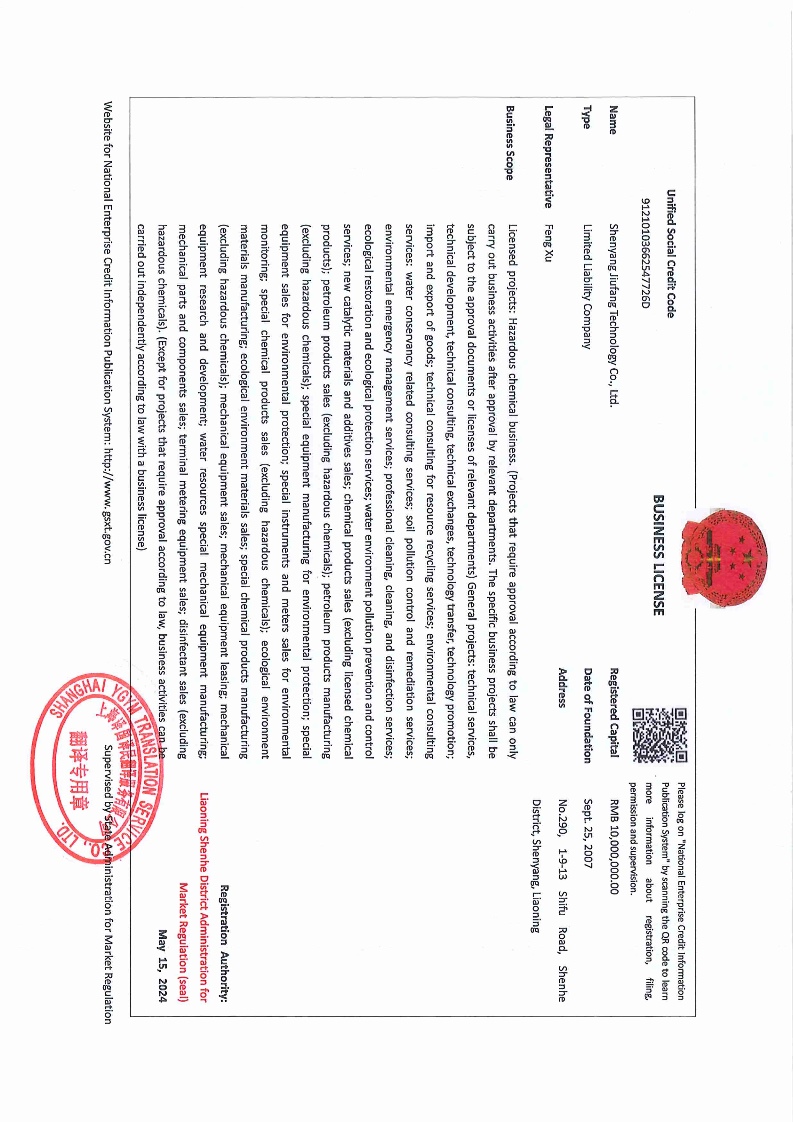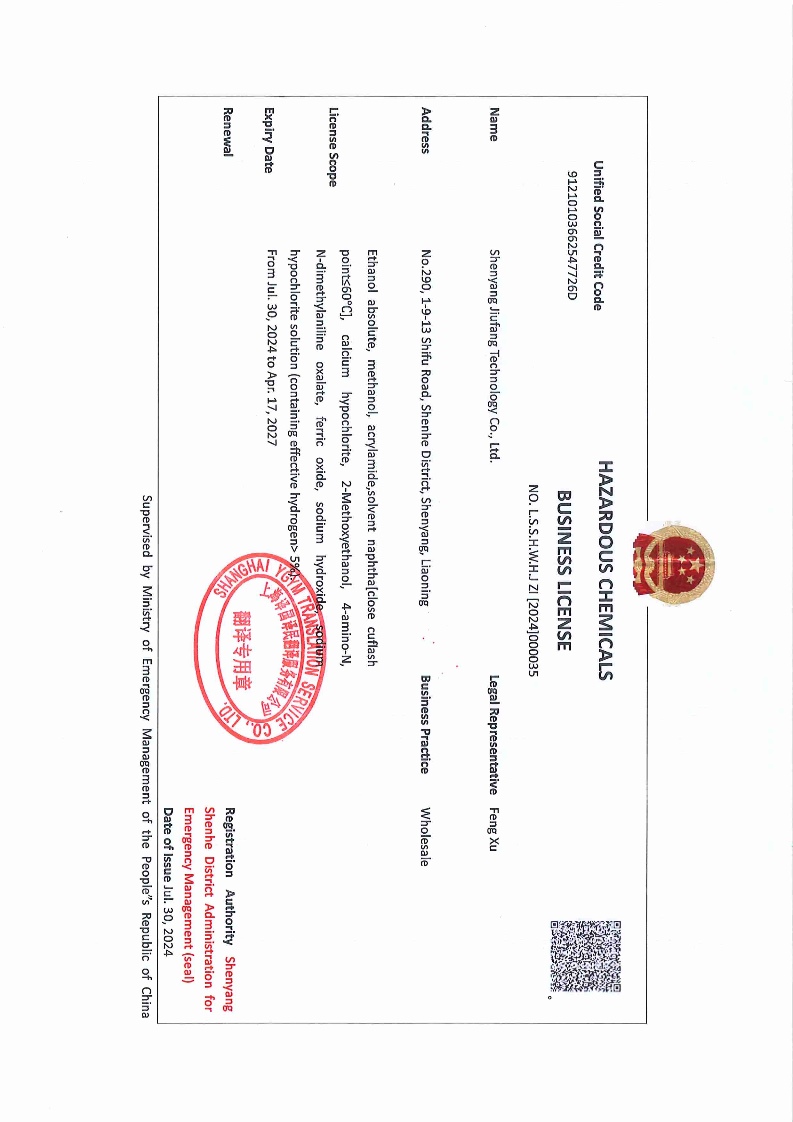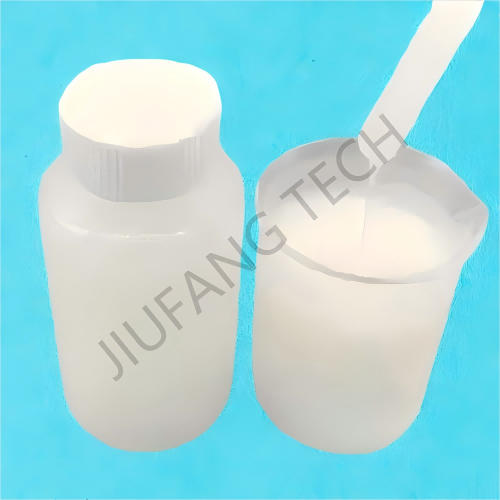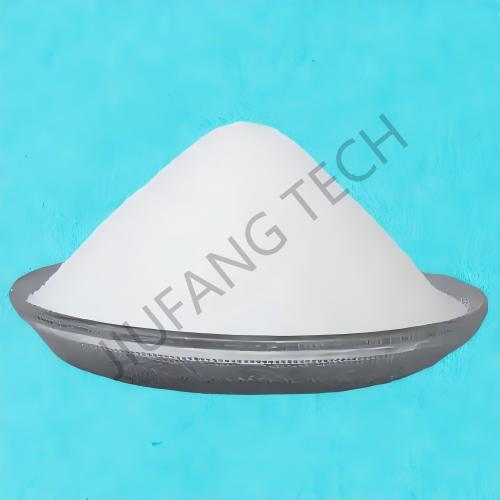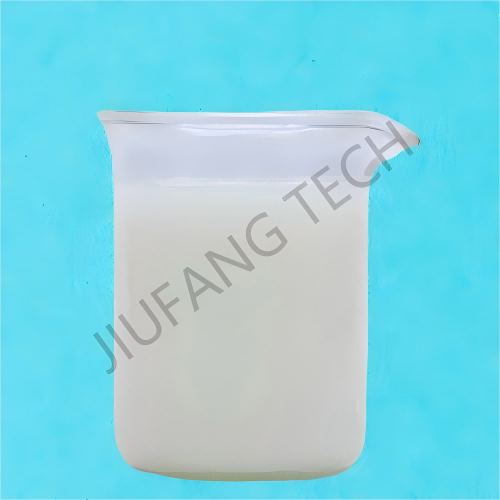
PAM cationic
Brand Shenyang Jiufang
Product origin China
Delivery time Lead time: 7days
Supply capacity 10000MT/Year
PAM cationic is the type of cationic polyacrylamide which is divided into two forms: cationic polyacrylamide liquid and cationic polyacrylamide powder.
Compare to the anionic PAM, PAM cationic has different applications from anionic PAM.
Download
PAM cationic, that means PAM with cationic degree in the molecular chain and flocculant the negative charge in the sludge to form the flocs.
Depending on the appearance of PAM cationic, it is divided into two types of product forms: cationic liquid flocculant and powder CPAM flocculant.
Different types of PAM cationic product have different advantages on the site:
1). Cationic polyacrylamide powder: As a high efficiency flocculant agent, cationic polyacrylamide powder is widely used for dewatering process in STP and reduces the oily value and SS value in the pretreatment of oily wastewater process.
Jiufang Tech is a munufacturer of PAM cationic which is from China. We have focused on costomizing the products for 20 years.
2). Cationic polyacrylamide liquid: This is a unique polymer which is a cross-linked polymer. No dust, easily solute in water and good performance of water filtration in concentration process.
Summary of the Core Differences between Homopolymer Polyacrylamide and Copolymer Polyacrylamide:
1.Essential Difference:
Monomer Singularity Homopolymers result from the polymerization of a single monomer. Copolymers are formed by the copolymerization of multiple monomers. This is the fundamental basis for distinguishing between the two. (Note: Even if a homopolymer introduces charges through post - treatments such as hydrolysis, it still belongs to the homopolymer category rather than a copolymer because the monomer composition during the polymerization stage remains unchanged.)
2. Core Performance Difference:
Charge Controllability: Due to the absence of other monomers, homopolymers are only non-ionic types, and their flocculation relies on the “adsorption - bridging” of the molecular chain. Copolymers, by introducing charged monomers, can actively exert a dual effect of “charge neutralization + adsorption - bridging”. They have higher flocculation efficiency and stronger targeting for colloidal particles with specific charges (such as sludge and slag).
3. Application Scenarios: Targetedness and Complexity - Homopolymers are suitable for simple scenarios with low - charge requirements. Copolymers, because of their adjustable properties (charge density, molecular weight, salt resistance, etc.), are more suitable for complex water quality or scenarios with highly targeted requirements (such as sludge dewatering, high-salt wastewater treatment, etc.).
In short, homopolymer cationic polyacrylamide powder is the “basic model with a single structure”, while copolymer cationic polyacrylamide powder is the “functional model with a customized structure”. The latter achieves more flexible performance regulation through monomer design to meet the specific needs of different industries.
Characteristic of PAM cationic
| The appearance of product | Charge range (%) | Application |
| Cationic liquid flocculant | 10-40 | Dewatering process |
| Cationic polyacrylamide liquid | 40-80 | Dewatering and concentration process |
| Powder CPAM flocculant | 10-40 | Dewatering in belt press filter& centrifuge |
| Powder CPAM flocculant | 40-60 | Dewatering in belt press filter& centrifuge |
| Powder CPAM flocculant | 60-80 | Dewatering in belt press filter& centrifuge |

